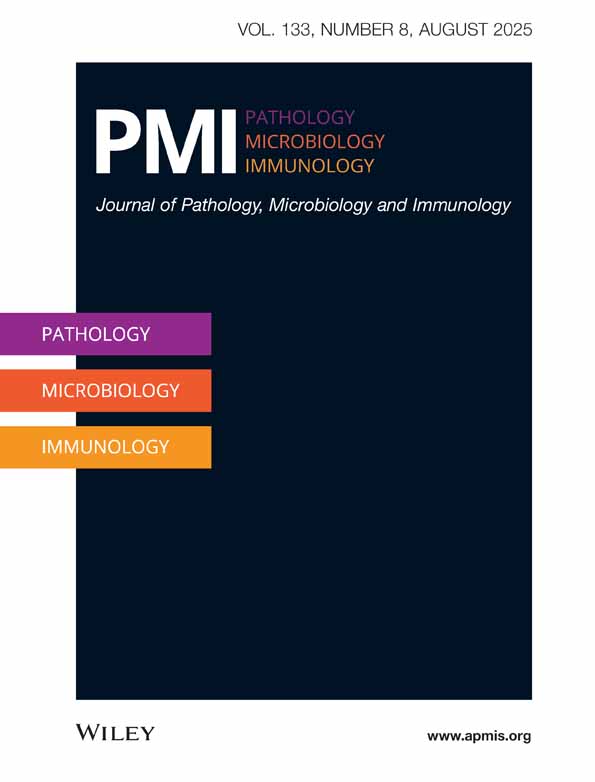Modified pulsed-field gel electrophoresis protocol for typing of enterococci
Received May 13, 2002.
Accepted October 4, 2002.
Abstract
Controlling the spread of vancomycin-resistant enterococci (VRE) is an important task in hospital epidemiology. Pulsed-field gel electrophoresis (PFGE) has become the golden standard for molecular epidemiological characterisation of enterococcal isolates. For separation of DNA fragments by PFGE, different electrophoresis conditions have been recommended, but none of these protocols allows a satisfactory separation of both small and large DNA fragments of enterococci simultaneously. In this study we have speeded up the preparation of chromosomal DNA and defined new electrophoresis conditions that enhance separation of small and large DNA fragments for subtyping of enterococci with a 24 h PFGE.




